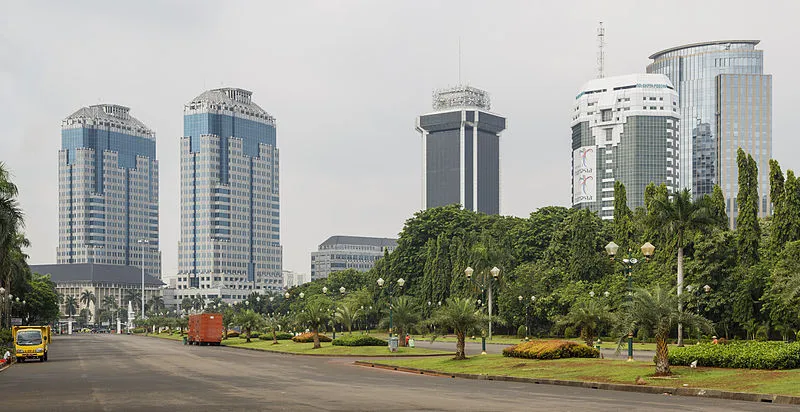
How are Indonesian banks faring after the bad loan surge of 2016?
Nonperforming loans have spiked after the 2014-2016 commodities downturn.
Prospects of stabilising asset quality await Indonesian banks over the next 18 months as improvements in economic environment are expected to boost the performance of troubled corporates who constitute the bulk of the banking sector’s stressed assets, according to Moody’s Investors Service.
Also read: Indonesia steps up efforts to centralise payment system
Commodities companies were hit hard by a market downturn, pushing up asset quality risks at Indonesian banks.
“The commodities downturn in 2014-16 resulted in a spike in problem loan ratios at that time,” the credit rating agency said in a report.
SMEs, who have less financial stability than their larger peers, were also another source of troubled loans as they had less ammunition to withstand sudden cash-flow downturns.
Foreign-currency loans to borrowers that are insufficiently protected against currency fluctuations and high loan-to-valuation mortgages of highly leveraged individuals are also a key risk.
Also read: Can Indonesian banks survive US tightening amidst persistent rupiah weakness?
However, asset quality is expected to stabilise amidst a recovery in corporate revenue with the share of stressed debt falling from a peak of 35% in 2014 to around 26% by end-2017.
“Formation rates of new NPLs and restructured loans will remain far below their 2016 peaks after sharp declines in 2017,” added Moody’s.
Also read: How will looser mortgage rules weigh down on Indonesian banks?
“The quality of retail loans, which accounted for about 24% of total system loans at the end of May 2018, will also remain stable, supported by robust economic growth and steady income levels.”
A recovery in lending is also expected to prop up Indonesian banks’ strong capital position. “Indonesian banks have been able to grow assets rapidly whilst maintaining robust capitalization thanks to their strong core profitability. The system's Tier 1 capital ratio, which exceeded 20% at the end of May 2018, is well above those of other Asian systems.”
Photo from CEphoto, Uwe Aranas / CC-BY-SA-3.0 or alternatively © CEphoto, Uwe Aranas / CC-BY-SA-3.0, CC BY-SA 3.0




![Lorem Ipsum [ABF 1]](https://cmg-qa.s3.ap-southeast-1.amazonaws.com/s3fs-public/styles/exclusive_featured_article/public/2025-03/a_hand_pointing_to_a_futuristic_technology_5b87c9d0e3_1.png.webp?itok=2w0y1WhS)


![Cross Domain [Manu + SBR + ABF + ABR + FMCG + HBR + ]](https://cmg-qa.s3.ap-southeast-1.amazonaws.com/s3fs-public/styles/exclusive_featured_article/public/2025-01/earth-3537401_1920_4.jpg.webp?itok=WaRpTJwE)







 Advertise
Advertise

